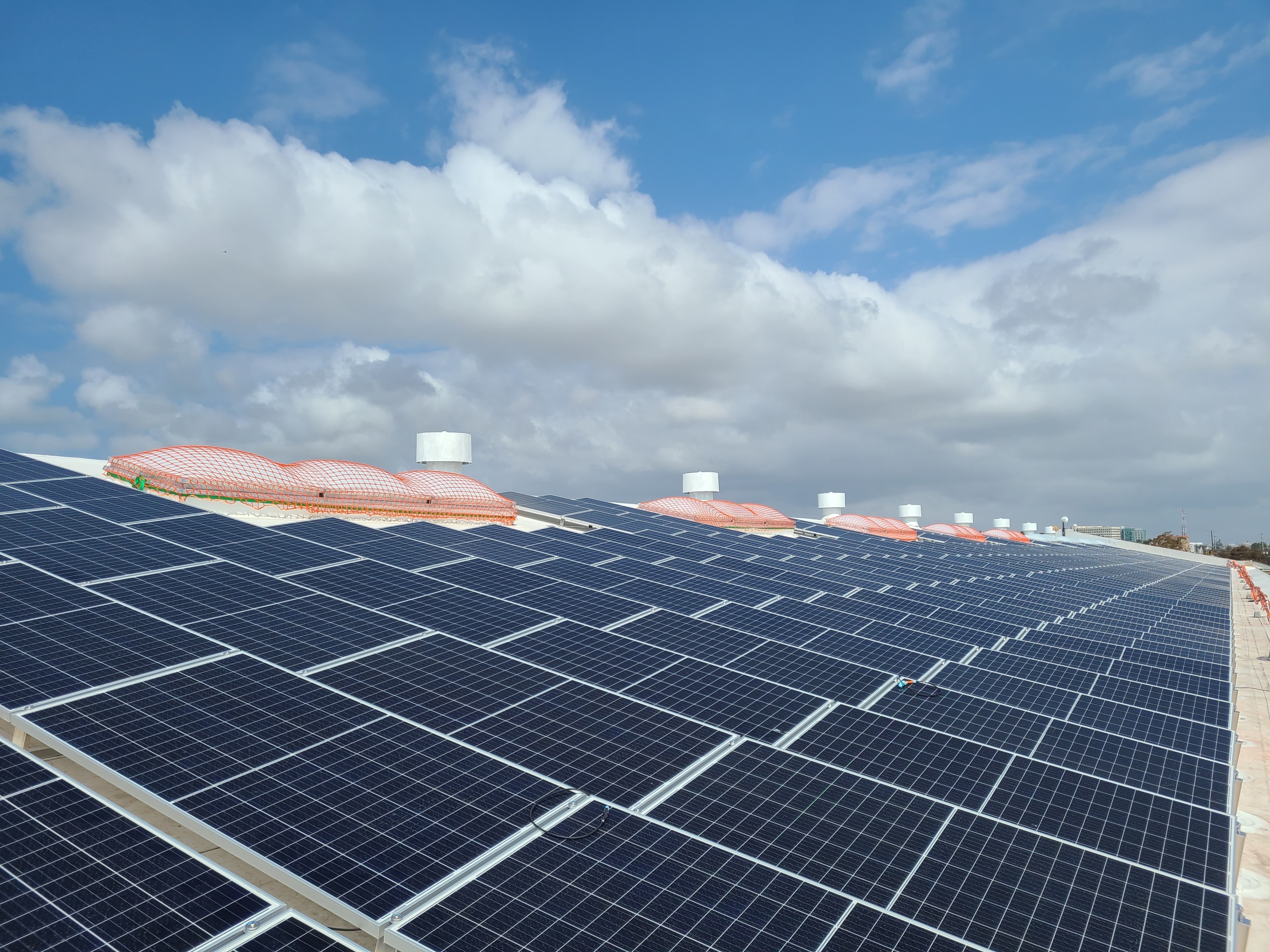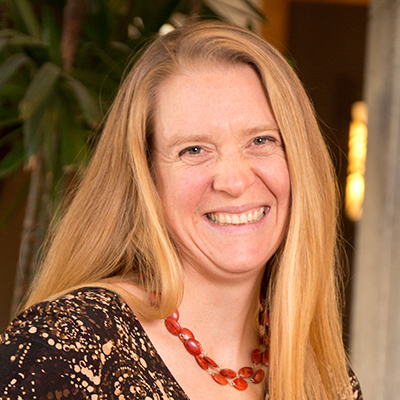
Twelve states have committed to 100% clean electricity
How these states are providing new lessons and roadmaps for a future powered by 100% clean energy.

On November 29th, 2023, Michigan Gov. Gretchen Whitmer signed legislation making Michigan the latest state to set its sights on 100% clean energy. The package of bills signed into law by the governor (Senate Bills 271, 273 and 502) established a 100% clean electricity standard by 2040, required utilities to get more of their energy from renewable energy sources, such as wind and solar, and updated the state’s energy efficiency goals and programs, among other provisions.
Michigan joined 11 other states with commitments to 100% clean or renewable energy — several of them driven largely by our advocacy and the support of people like you.
Together, these 12 states account for more than a fourth of our country’s total electricity consumption. These commitments are helping change the energy landscape — we know America could power itself on renewable energy many times over; we know our country today generates three times more clean, renewable electricity as it did in 2013; we know renewable energy adoption continues to exceed expectations, and that solar, wind and other renewable energy sources provided nearly three-quarters of new electrical generating capacity in 2022.
In other words, we know a 100% clean energy future is possible — we just have to use all the tools in our toolbox to make it happen.
So how can the 12 states in the 100% renewable club provide a roadmap for more states to follow suit? Let’s take a look at the speed and scope of their commitments, and the lessons our leaders can learn as we move closer to a future powered entirely by clean, renewable energy.
States on the fast track to 100% clean energy
- Rhode Island, taking advantage of its small size and high renewable energy potential, has committed to powering itself with 100% renewable energy by 2033 — by far the fastest timeline of any state.
- Northeast neighbors Connecticut and New York both have commitments on the books to achieve 100% clean energy by 2040. But of the two, New York’s plan is far stronger. While Connecticut’s interim goal on the path to 100% clean energy is to be 40% renewable by 2030, New York plans to run on 70% renewable energy by that year.
- Minnesota Gov. Tim Walz signed a clean energy bill into law that requires the state’s utilities to get 100% of their electricity from carbon-free energy sources by 2040.
- California, Hawaii, New Mexico and Washington have set 2045 as their target year. But so far only California has made the kind of detailed plan that gives it the best chance at achieving its goal of 100% zero-carbon energy in two decades’ time. The Golden State plans to be 44% renewable by 2024, 50% renewable by 2026, 52% renewable by 2027 and 60% renewable by 2030.
The more specifics, the merrier
- Virginia’s target year of 2050 for 100% clean energy is comparatively far away — but the state has made a strong plan to ensure its utilities are steadily transitioning to renewables the entire time. Some utilities are required to achieve a renewables target of 14% by 2025, 30% by 2030 and 65% by 2040. Others have a renewables requirement of 26% by 2025, 41% by 2030 and 100% by 2045.
- Similarly, Minnesota’s commitment requires public utilities get 80% of their power from zero-carbon sources by 2030, 90% by 2035 and 100% by 2040.
- Oregon, meanwhile, has focused its targets on meaningfully reducing fossil fuel emissions across the state. Its plan is to achieve 80% emissions reductions for power sold in-state by 2030 compared to 2010 baseline, 90% by 2035, and 100% by 2040.
We should be making it easier, not harder, for people and businesses to make the switch to renewable energy
- Consider California’s clean energy targets, and the state’s ample sunshine. Shouldn’t policymakers be encouraging solar power adoption, rather than cutting incentives for going solar? We’re working to ensure that utility regulations support the growth of renewable energy, including through policies that compensate owners of renewable energy systems fairly for the energy they supply to the grid. Regulators must not impose unreasonable fees on solar owners.
- Another key component of ensuring states can grow their solar capacity fast enough to meet their clean energy goals: Cutting red tape for solar. States should encourage or require the adoption of Solar Automated Permit Processing (SolarAPP+), a fast, automated online permitting system developed by the U.S. Department of Energy and available free of charge for local governments.
- States should speed the transition to electric vehicles and buildings through strong “clean car” standards and improved building codes. Washington is leading by example here: The Washington State Building Code Council recently adopted new residential building codes that will make new homes healthier and more climate-friendly by, among other measures, requiring energy-efficient heat pumps for space heating and cooling and water heating. Plus, when it comes to making the switch to a clean electric vehicle, we’ve got tips for how to make an informed purchase and get the most out of the various financial incentives that our advocacy helped win in the Inflation Reduction Act.
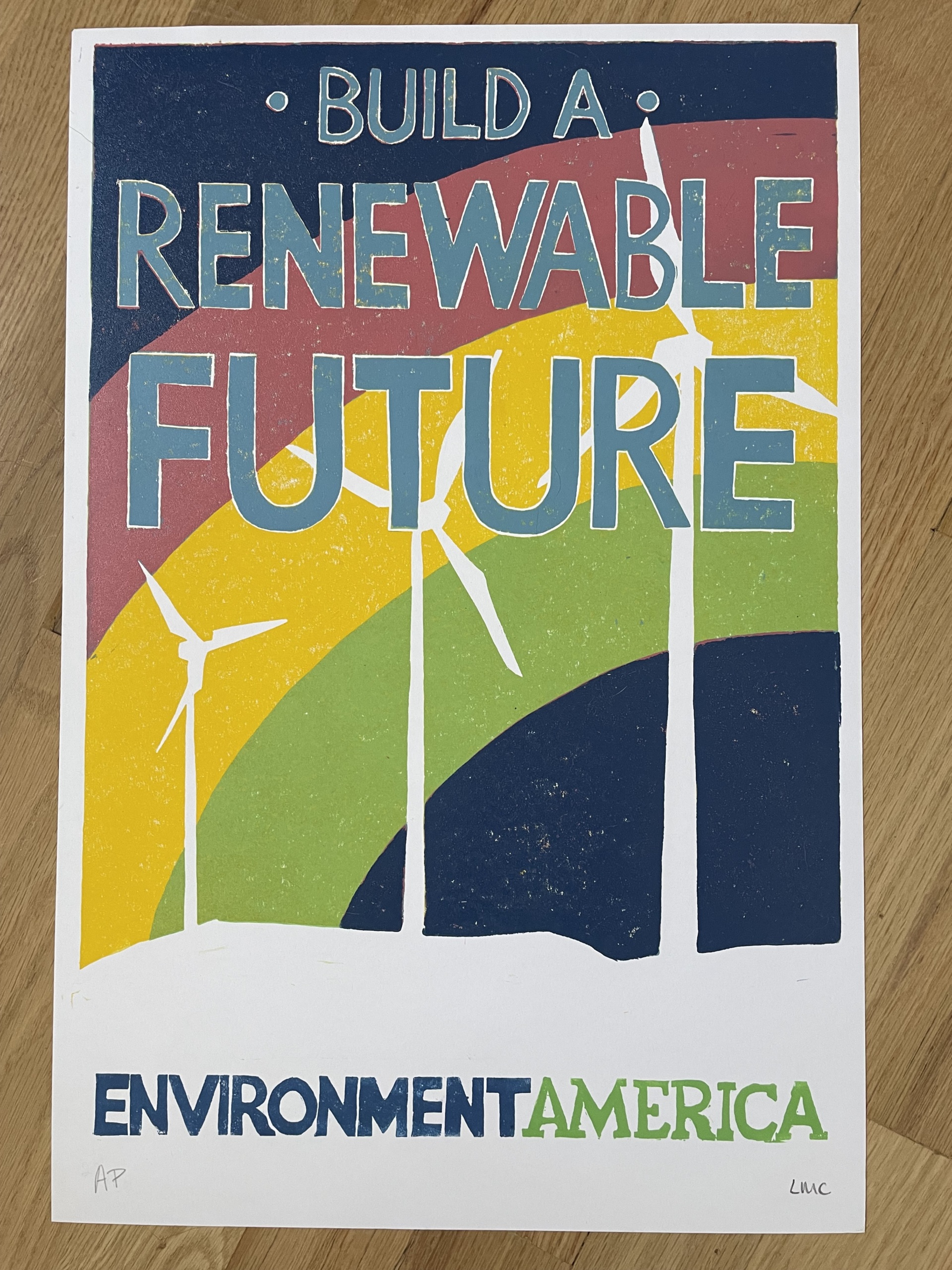
Buy a poster
Share your vision of a renewable future
Share your vision of a beautiful future powered by 100% renewable energy. Get our handmade, limited-edition art print. It’s a great way to share the message that we can all build a renewable future together while giving us the resources to work, one step at a time, towards a better future!
Topics
Authors
Johanna Neumann
Senior Director, Campaign for 100% Renewable Energy, Environment America
Johanna directs strategy and staff for Environment America's energy campaigns at the local, state and national level. In her prior positions, she led the campaign to ban smoking in all Maryland workplaces, helped stop the construction of a new nuclear reactor on the shores of the Chesapeake Bay and helped build the support necessary to pass the EmPOWER Maryland Act, which set a goal of reducing the state’s per capita electricity use by 15 percent. She also currently serves on the board of Community Action Works. Johanna lives in Amherst, Massachusetts, with her family, where she enjoys growing dahlias, biking and the occasional game of goaltimate.
Find Out More
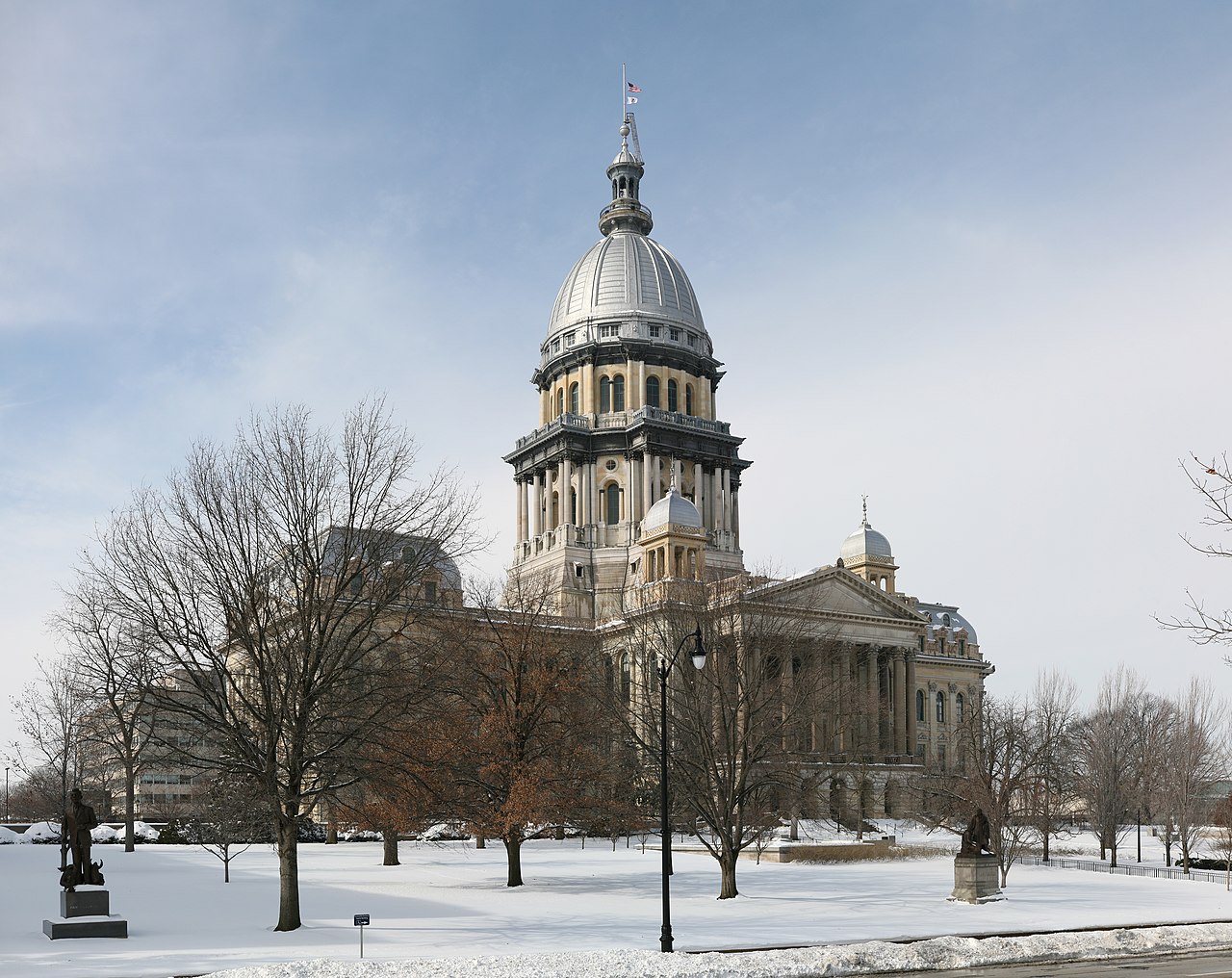
Our 2024 priorities in the states
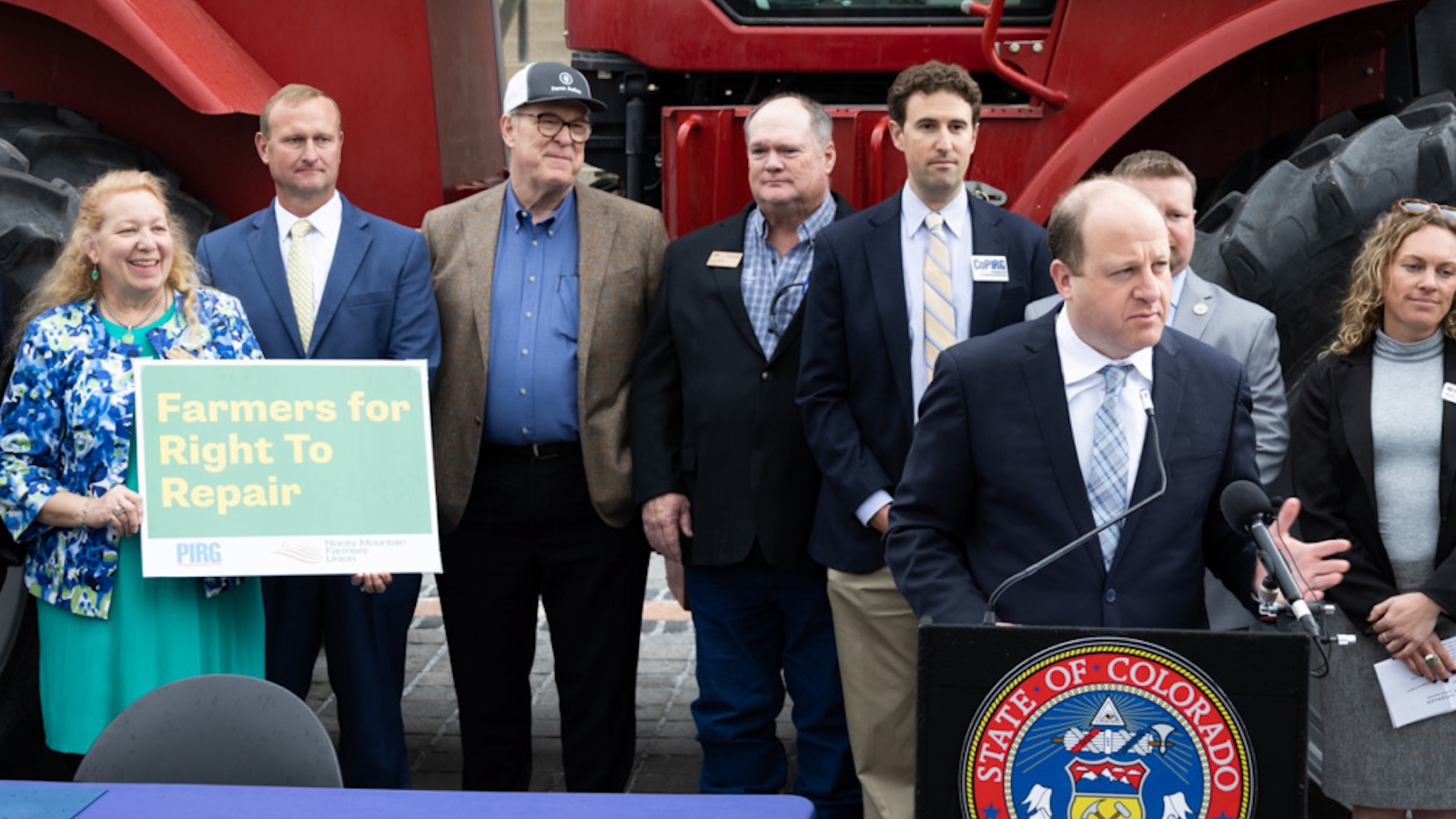
Celebrating new protections taking effect in 2024

A look back at what our unique network accomplished in 2023
